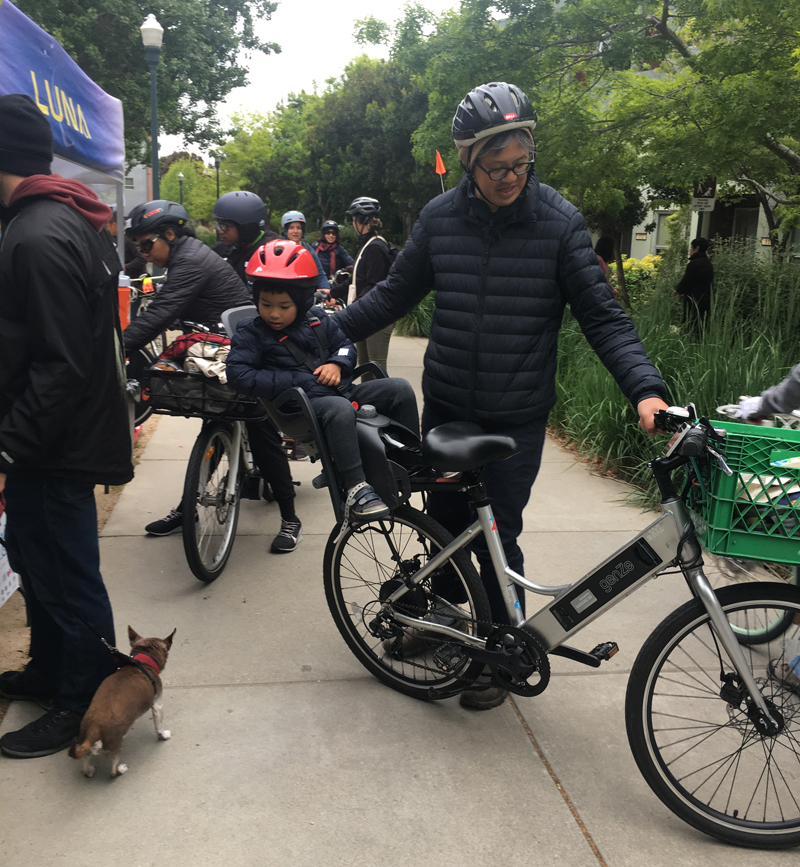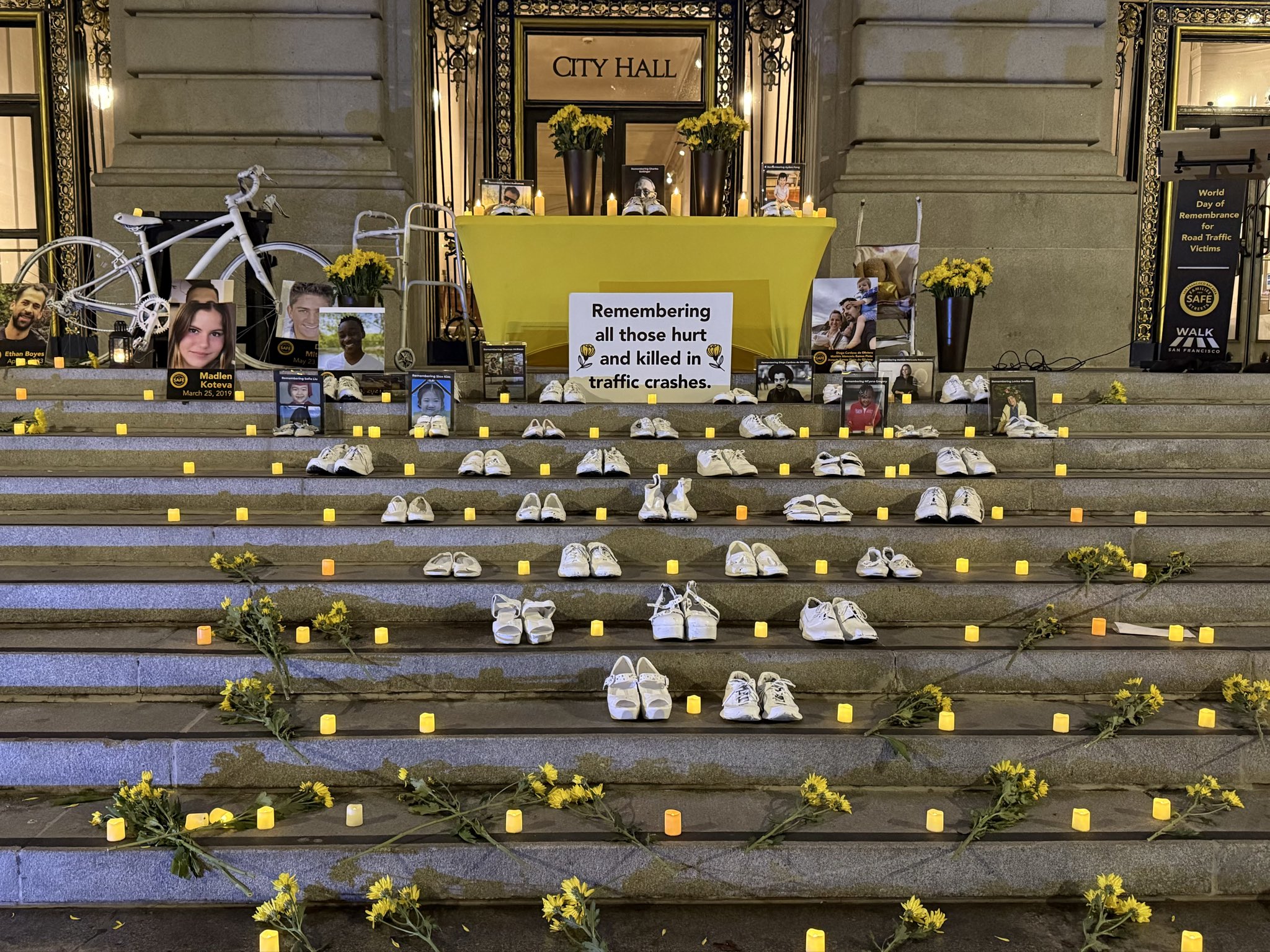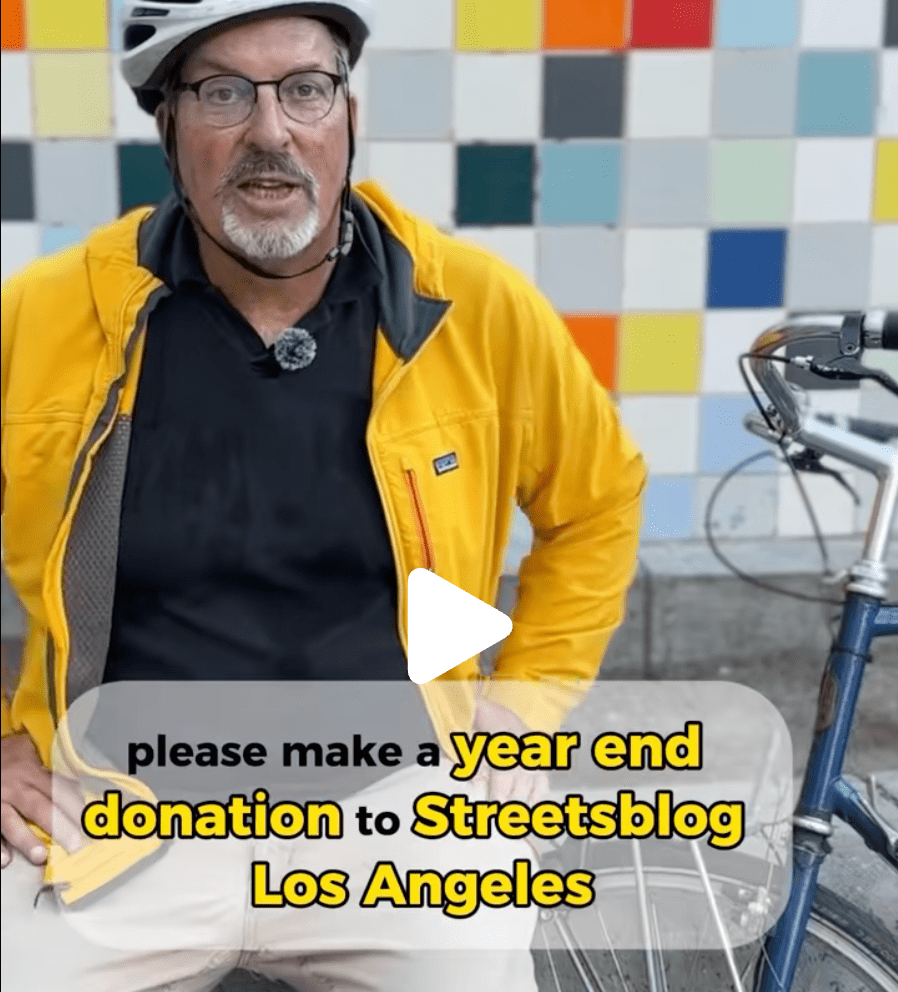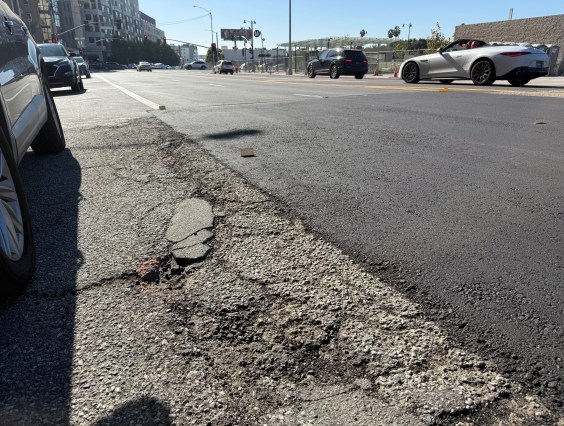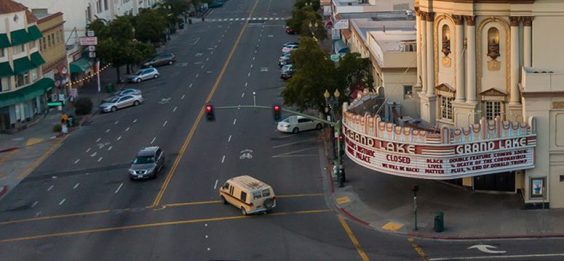In California, most car trips are less than ten miles long - so it’s no wonder that e-bikes are emerging as a perfect and climate-friendly alternative for many of those trips. An e-bike journey can reduce urban congestion and increase joy, all while helping California meet our climate goals.
But many are now asking how to regulate this new form of mobility. So let’s have this discussion.
Our goal should be to find a place for e-bikes and e-cargo bikes in our transportation mix with the twin goals of ensuring safety for all road users and making space for this new travel mode to grow and someday replace millions of auto or delivery truck trips. Our planet will thank us.
But first, a little history.
New transportation modes can shock society, and they can take some getting used to. In 1859, horse-drawn streetcars were introduced in Chicago, and for the first time, large groups of people could move across a city faster than walking. This system unfortunately led to many unintended consequences, including manure on shoes and up noses! Every mode of urban transportation has its downsides.
In the 1890s, bicycles were added to the mix. This beautiful machine allowed people to travel independently, at speeds much faster than walking. Bicycles could go so fast that they were nicknamed “scorchers” due to their blazing speed compared to walking.
Bikes changed cities. San Francisco, for example, first decided to pave streets because bike riders requested it. Bicycles also allowed women to travel when and where they chose, wearing bloomers!
This was a new transportation mode the patriarchy found terribly upsetting.
Today, we are on the cusp of another transportation revolution, and the new “scorcher” will likely be an e-bike rider. In 2021 and 2022, e-bikes became the world’s best-selling electric vehicle, and today the e-bike sector is a $6 billion industry. E-bikes are the greenest electric vehicle, being much cheaper, cleaner, and less resource-intensive than EV automobiles. They are the perfect vehicle for our most common urban trip of less than five miles.
Californians have committed to reducing our climate footprint to avoid the worst impacts of climate change. Unfortunately, the transportation sector remains our largest and most difficult-to-reduce climate pollution source. Every gas-powered automobile mile that can be replaced by an e-bike mile is good news for the climate.
Additional e-bike regulations are not the solution and could needlessly constrain a transportation mode essential to California’s climate-friendly future.
The key question is: How do we bring this new clean vehicle into the urban mix without over-regulating it?
Here are some suggestions.
In communities where e-bikes are popular, we should expand bike networks, widen bike lanes, and add bicycle “fast lanes” for faster travel on all kinds of active mobility devices.
California needs to develop and launch education campaigns that teach e-bike riders, car drivers, and pedestrians the rules of the road to reduce crashes. In 2022, CalBike supported a bill to create e-bike safety education programs statewide. California should expand these education efforts and offer bicycle education as a standard part of grade school physical education classes.
The state needs to build more dedicated bike lanes so e-bikes can safely ride separately from pedestrians, reducing the risk of accidents.
Creating reasonable regulations regarding e-bike use on shared paths to deter dangerous behavior is already the job of local authorities. California has a law on the books limiting Class 3 e-bikes - which can use pedal-assist up to 28 mph - to riders at least 16 years old, matching the age when one can get an auto driver’s license.
At CalBike, we believe e-bikes belong on bikeways, including shared-use paths, because the top speed of most e-bikes is much slower than car traffic on most streets, so the safest place to ride an e-bike is in a standard bike lane.
California is on the cusp of a new age for clean urban travel, but we need to develop ways to navigate shared spaces that consider the needs of all users. To meet our climate goals, California state and local governments should encourage all forms of clean and active transportation and develop connected routes for everyone to go where they want to go safely by bike.
Jared Sanchez is the Policy Director for the California Bicycle Coalition
